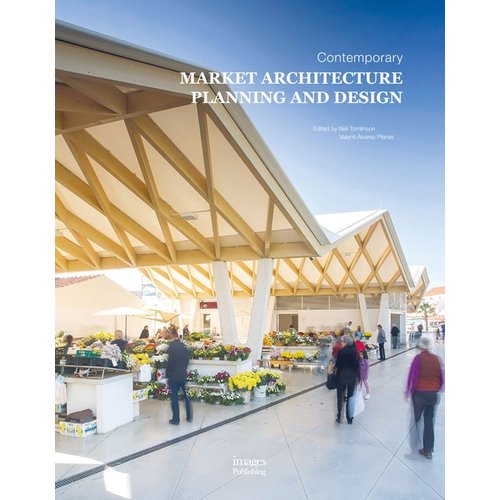Tangshan, China
“Graceful” is not a word often used to describe the business of development, especially in China, where cities move forward at sometimes ruinous speeds. But the architecture firm Urbanus saw the opportunity to inject a note of grace when it was commissioned by the Tangshan Urban Development Bureau to create an urban planning museum and park out of an old granary complex in Hebei Province. Tangshan, which had been mostly destroyed by an earthquake nearly 30 years ago, has been struggling to shape a new identity that would take advantage of surviving buildings from its industrial past. Urbanus understood the need to balance careful preservation with efforts to advance a progressive outlook. So the firm approached the job of designing the Tangshan Urban Exhibition Park as a chance to respect the integrity of the city’s original character while creating some high-quality public space.
Set atop a hill, the old grain depot had long been walled off from its surroundings and languished in an abandoned state. To convert the complex into a museum, the architects retained six of the original buildings—four granaries from the Japanese occupation era and two warehouses erected after the earthquake —long stucco structures aligned parallel to each other and perpendicular to the hill. Without changing the weathered features of the original facades, Urbanus designed new roofs with long clerestory windows to bring more light inside, and built additional structures made of wood and metal to serve as reception, shopping, and café spaces. Finally, the firm added a patio to each of the old buildings to connect them to the site and created a reflecting pool to amplify the beauty of the entire project .
To engage the public, the architect removed the granaries’s original enclosure and opened the museum complex onto a landscaped public park. At the park’s entrance, an antiques market has been planned in order to attract visitors who may not otherwise enter, providing an approachable gateway to the museum. Public promenades that cascade and intersect with one other throughout the park encourage movement and exploration, and finally, atop the hill, create view corridors between the buildings.
Orienting the project to the public was a driving force behind the architects work. “During the course of design and construction, you have to make the project everybody’s business,” explains Wang Hui, one of the Urbanus principals. “It cannot be just your ideology; rather, it has to be everyone’s ideology”.


















